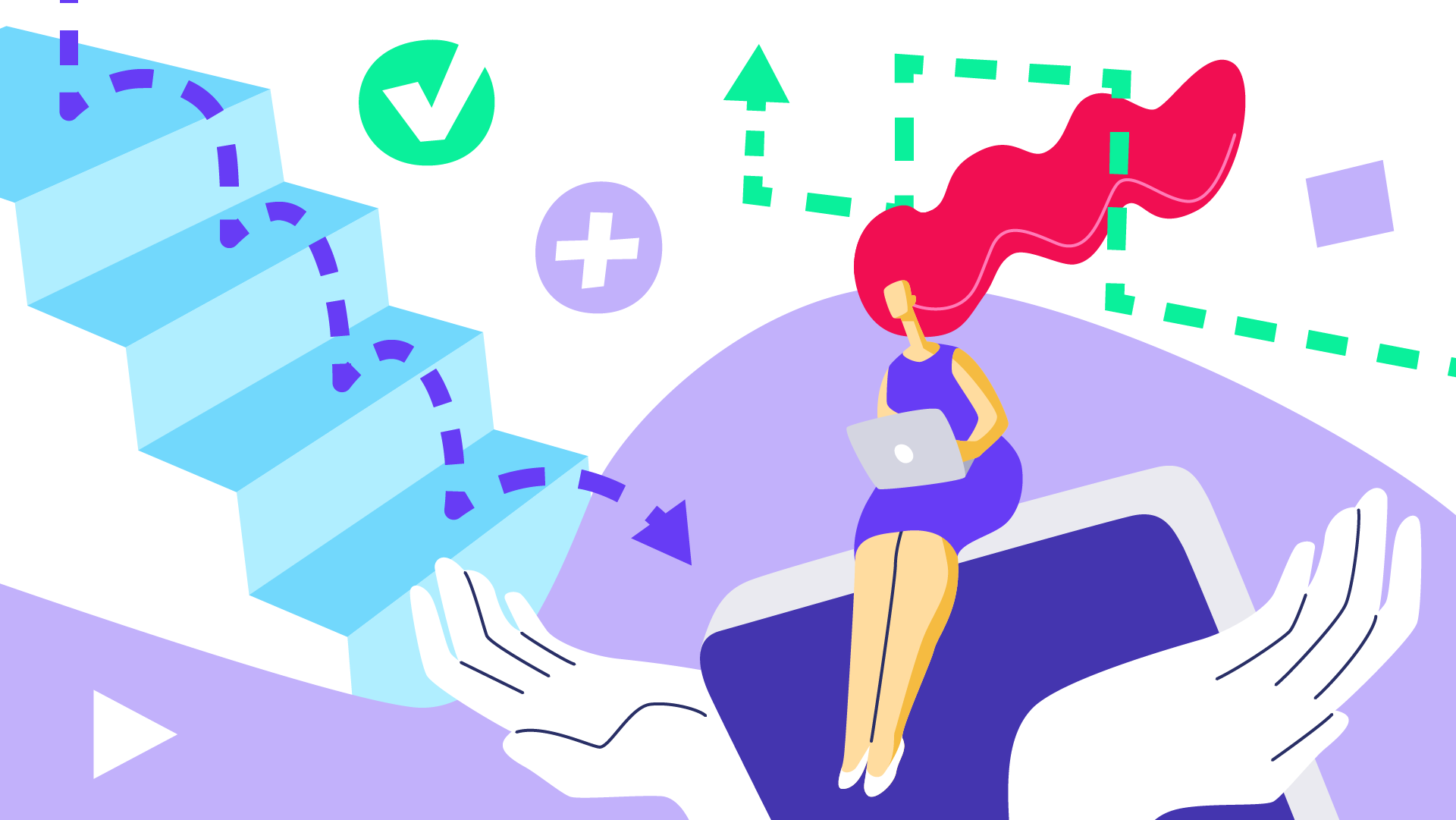Product Design 2025 – Where Are We Heading Now?

From Pixel Pushers to System Architects
Gone are the days when product designers were primarily concerned with perfecting interfaces in isolation. Today’s reality demands something far more sophisticated: designers who think in systems, validate through data, and leverage AI not as a replacement but as a powerful amplification of human creativity.
The tools that once defined our limitations – Sketch artboards, static prototypes, lengthy handoff processes – have given way to an ecosystem where intention transforms into interaction almost instantaneously. Platforms like Framer and Figma have evolved beyond recognition, integrating AI capabilities that can interpret design intent and generate functional prototypes in real-time.
The No-Code Revolution Meets AI Intelligence
What makes 2025 particularly fascinating is the convergence of no-code platforms with sophisticated AI models. This isn’t about designers learning to code or developers becoming designers – it’s about the dissolution of traditional boundaries between ideation and implementation.
Consider this: today, a designer can sketch a rough concept, describe the desired user flow in natural language, and AI will turn it into wireframes and early UI screens that become a working prototype. The time from concept to a testable product has shrunk from weeks to hours, sometimes even minutes.
But here’s what many miss – this speed isn’t the real revolution. The transformation lies in what this enables: rapid learning cycles that were previously impossible. We can now test ten variations of a user journey in the time it once took to debate a single approach in a meeting room.
Data as a Design Material
In 2025, data isn’t just something we analyze post-launch; it’s a living, breathing design material. Modern design systems are inherently adaptive, learning from user behavior in real-time and adjusting experiences accordingly. This isn’t A/B testing on steroids – it’s continuous evolution guided by actual usage patterns.
Imagine interfaces that subtly reorganize based on individual user needs, navigation that predicts intent before a click happens, or content hierarchies that shift based on aggregate behavior patterns. This is the reality we’re designing for, and it requires a fundamentally different mindset.
The designer’s role has evolved to become the architect of these adaptive systems, setting parameters, defining boundaries, and ensuring that automated adjustments align with broader product strategy and brand values.
The Strategic Designer: Decision Partner, Not Service Provider
Perhaps the most profound shift is in how designers are positioned within organizations. We’ve moved from being service providers who “make things pretty” to strategic decision partners who shape business outcomes.
This elevation comes with responsibility. When AI can generate hundreds of design variations in seconds, the designer’s value isn’t in producing options – it’s in knowing which problems are worth solving. It’s about understanding the nuanced interplay between business objectives, user needs, and technical possibilities.
Today’s product designer needs to be fluent in:
- Business strategy
Understanding market dynamics and competitive positioning - Behavioral psychology
Predicting and shaping user behavior - Systems thinking
Seeing connections and dependencies across complex products - AI capabilities
Knowing what’s possible and what’s valuable - Ethical implications
Considering the broader impact of design decisions
The Human Touch in an AI-Driven World
Ironically, as our tools become more intelligent, the human elements of design become more critical, not less. AI can optimize for engagement metrics, but it takes human judgment to determine whether that engagement is meaningful or manipulative. Algorithms can predict behavior, but humans must decide which behaviors we should encourage.
The most successful products in 2025 aren’t those that leverage the most AI or the latest no-code platforms. They’re the ones where technology serves a clear human purpose, where automation enhances rather than replaces human connection, and where speed-to-market is balanced with thoughtful consideration of long-term impact.
Looking Forward: The Questions That Matter
As we continue through 2025 and beyond, the questions facing product designers are evolving:
- How do we maintain brand identity when interfaces are dynamically generated?
- What ethical frameworks guide our use of predictive personalization?
- How do we design for transparency when AI drives so many decisions?
- What skills will designers need as tools become increasingly autonomous?
- How do we measure success when user journeys are infinitely variable?
These aren’t questions with simple answers, but they’re the conversations shaping our industry.
The Bottom Line
Product design in 2025 isn’t about mastering new tools – though the tools are remarkable. It’s about evolving our role from craftspeople to strategists, from implementers to architects of adaptive systems.
The designers who thrive aren’t those who can create the most beautiful interfaces or write the most elegant code. They’re the ones who can navigate complexity, make strategic decisions under uncertainty, and maintain a human-centered focus in an increasingly automated world.
The transformation is real, it’s happening now, and it’s both challenging and exhilarating. The question isn’t whether you’ll adapt – it’s how quickly you’ll embrace this new reality and help shape what comes next.